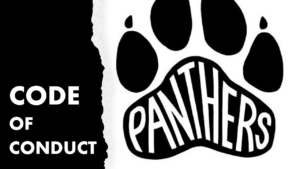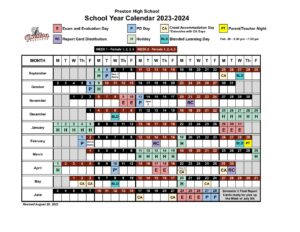There is a saying in the ASD community – if you’ve seen one person on the Spectrum, you’ve seen one person on the Spectrum. These students are individuals with unique strengths and needs. They benefit from an individual learning plan that reflects that.
The term, “Autism Spectrum Disorders” includes diagnosis of Autism, Asperger’s Disorder and Pervasive Developmental Disorder Not Otherwise Specified (PDD-NOS). These are neurological disorders – students will not grow out of them, and they cannot be treated chemically. In the classroom, students with ASD will present with impairments in communication, social interaction, and behaviour.
The impairments can range from mild to profound. The descriptions below describe typical autistic behaviour – your child will fall somewhere in the description.
Social Interaction:
The student will have difficulties interacting with peers and adults. They will struggle with social cues and situations. They engage in “parallel play”, not social play, and they may have unusual responses in social situations. They believe that everyone thinks the way they do, so will talk long after others have lost interest. Because they believe others think the same as they, they wrestle with seeing another person’s perspective.
Communication Skills:
The student will have difficulty communicating thoughts and needs verbally and non-verbally. They will not be able to interpret accurately non-verbal communication, such as tone of voice, body language, eye contact and facial expression. They may use formal language, repetitive language, or echolalic language. They have a very concrete way of observing the world, and will struggle with abstract concepts. They have difficulty understanding and discussing feelings – their own, or someone else’s.
Behaviour:
The ASD student struggles with transitions and change, especially with changes in routine or schedules. S/he may perseverate, or be preoccupied with certain objects or ideas. This student struggles with organization and with keeping up with school work. This student is frequently frustrated, and temper tantrums are common.
How You Can Help:
- Become a list maker, and use the lists to structure your day. Your child struggles with transitions and with what comes next. Provide a schedule – either text or picture – that points your child to the next event and prevent some of the meltdowns that can come from anxiety.
- Plan breaks in stressful events so that your child can turn to a preferred activity. Set a timer and give a warning when the last minute is ticking. Again, you are helping your child navigate the unpredictable.
- If your child is anxious, reassure them by saying, “You are safe. I am here with you.”
- Spend time preparing your child beforehand for new adventures. Explain what he will see, and what other people will be doing. Model facial expressions, and name them. Have him practice the facial expressions. Role play activities like greeting people, making conversation, asking for help, etc. Sometimes it is useful to make a book about the new event, and review it often.
- Have a Plan B. You may have to leave an event early, or have a childcare provider lined up “just in case”.
- Spend some time developing a five-point scale, where 1 is “feeling good” and 5 is “exploding”. Help your child determine each step (how he’s feeling, what that looks like). Use those points when describing what you see (“It seems like you are at point 3. Would you like to take a 10 minute time out?”)
Some help for you:
http://www.respiteservices.com/Waterloo/index.aspx?CategoryID=86&lang=en-CA
http://www.dsontario.ca/agencies/dso-central-west
http://www.hc-sc.gc.ca/hc-ps/dc-ma/autism-eng.php
http://www.autismsocietycanada.ca/index.php?option=com_content&view=article&id=17&Itemid=51&lang=en
http://www.autismontario.com/client/aso/ao.nsf/waterloo/waterloohome
http://www.lutherwood.ca/mentalhealth/services/autism-support-service-aspen
http://www.therecord.com/news-story/6062709-centre-offers-day-programs-for-special-needs-adults/
*Background info from Teaching Kids with Mental Health and Learning Disorders in the Regular Classroom, by Myles Cooley, PhD. Free Spirit Publishing, Minneapolis, MN, 2007.
and from A 5 is Against the Law, by Kari Dunn Buron, Autism Asperger Publishing Company, Lenexa, KS, 2007.
and from Effective Educational Practices for Students with Autism Spectrum Disorders, A Resource Guide, Ministry of Education (Ontario), Queen’s Printer for Ontario, 2007.











